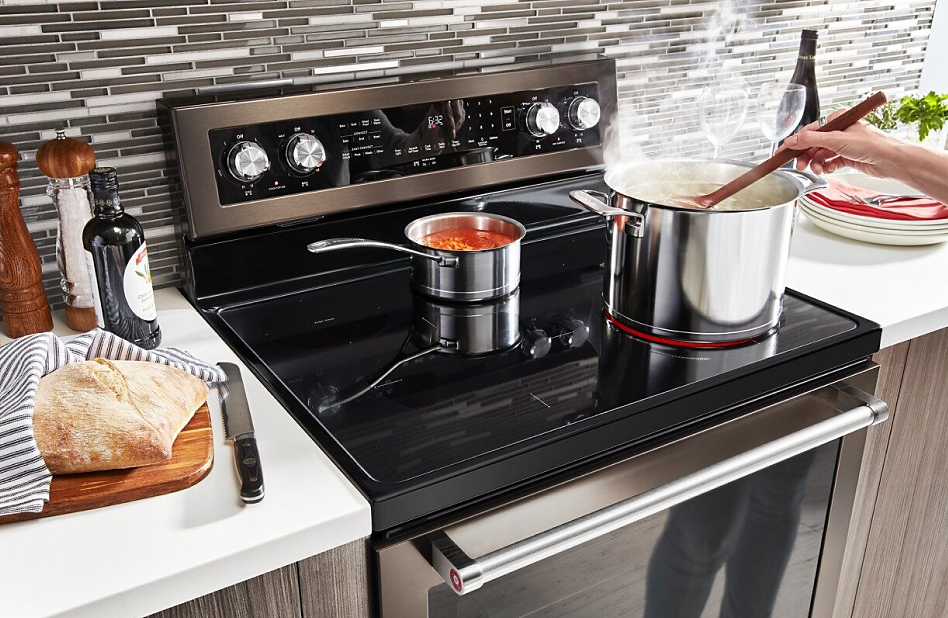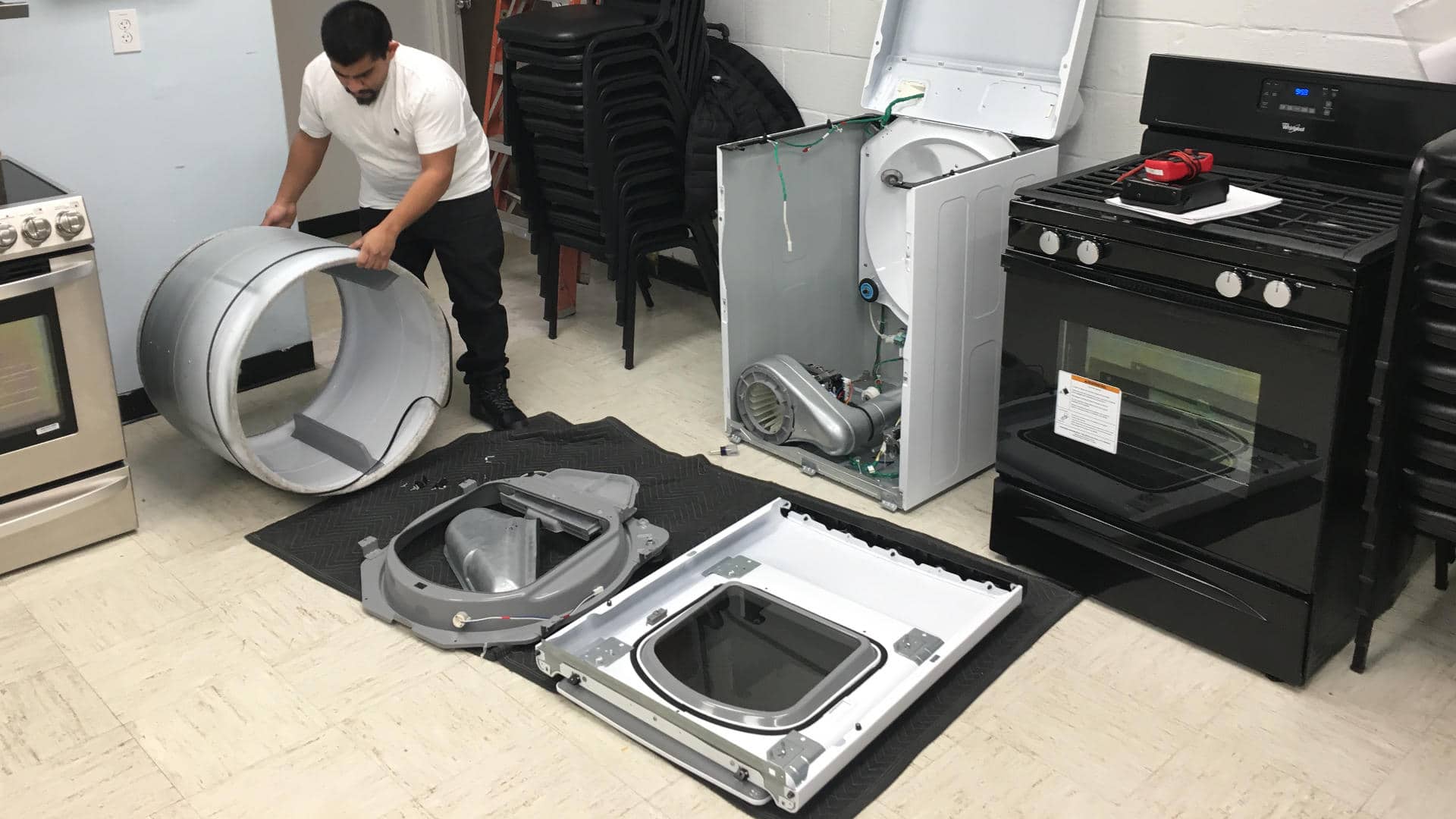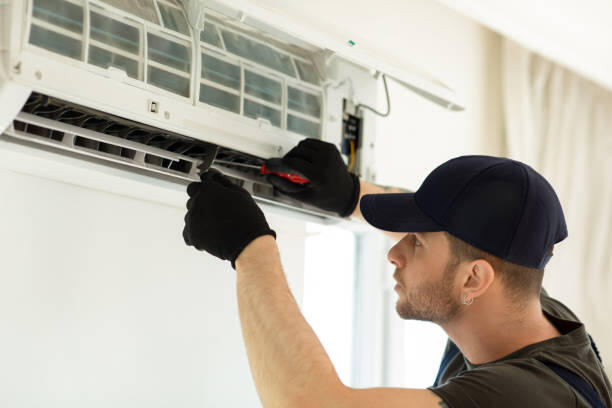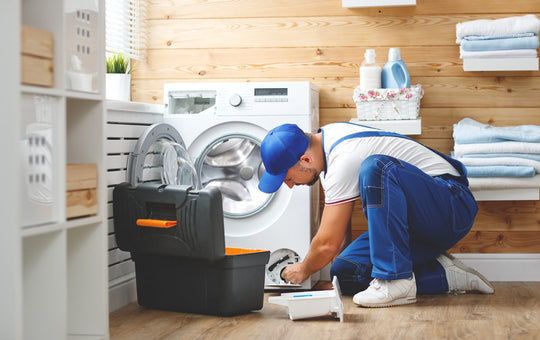Troubleshooting Tips for a Malfunctioning Microwave
Microwaves have become indispensable kitchen companions, streamlining our cooking routines. However, when these convenient appliances encounter malfunctions, it disrupts our daily rhythm. In this comprehensive guide, we'll delve into troubleshooting tips for a malfunctioning microwave. From understanding common issues to providing a step-by-step DIY repair guide, we aim to empower you in addressing microwave challenges. We'll explore everything from electrical problems to turntable issues, guiding you through potential solutions. Whether you're a seasoned DIY enthusiast or a novice, this guide will equip you to tackle microwave problems with confidence, ensuring efficient and safe operation in your kitchen.
Understanding Common Microwave Issues: A Comprehensive Overview
Microwaves have become indispensable kitchen appliances, but like any technology, they are prone to malfunctions. Understanding common microwave issues is essential for effective troubleshooting and maintenance. One prevalent problem is unresponsiveness, often linked to power supply or control panel issues. Additionally, uneven heating can result from problems with the turntable or microwave settings. Unusual sounds during operation may indicate malfunctioning components. This comprehensive overview explores these issues, providing insights into potential causes and offering practical tips for identification and resolution. By grasping these common problems, users can navigate the troubleshooting process, ensuring their microwaves operate efficiently and reliably.
Beyond, microwaves may encounter issues with uneven heating. This problem often stems from irregularities in the turntable or microwave settings. A malfunctioning turntable can lead to hot and cold spots within the food, affecting overall heating consistency. Understanding the role of the turntable and inspecting it for proper function are crucial steps in resolving this common microwave hiccup.
Another prevalent concern is unusual sounds during operation. These can range from buzzing or humming to clicking noises. These sounds may signify problems with the microwave's components, such as the magnetron or cooling fan. Identifying the source of these sounds is instrumental in determining the necessary repairs or replacements to restore normal functionality.
In our exploration of common microwave issues, we'll delve deeper into each problem, outlining potential causes and providing step-by-step guidance on troubleshooting and resolving these issues. Whether you're dealing with an unresponsive microwave, uneven heating, or strange noises, this comprehensive overview will empower you to address these challenges effectively, extending the lifespan and efficiency of your microwave appliance.
DIY Troubleshooting Techniques: Step-by-Step Guide for Microwave Repairs
Embarking on DIY microwave troubleshooting allows you to address common issues without the need for professional intervention. In this comprehensive guide, we'll walk you through a step-by-step process to identify, diagnose, and repair common microwave problems.
We'll cover unresponsive controls, uneven heating, strange noises, and other issues that may arise during your microwave's lifespan. Armed with this knowledge, you'll gain the confidence to inspect and troubleshoot your microwave, potentially saving time and money on unnecessary repairs.
From checking power sources to examining key components like the magnetron and turntable, our step-by-step guide will empower you to become your own microwave technician. Say goodbye to microwave malfunctions with our detailed troubleshooting techniques designed for users of all experience levels.
Examining Power Supply and Outlets: Resolving Electrical Issues
Ensuring a stable power supply is crucial for your microwave's optimal performance. This section of our troubleshooting guide focuses on examining power sources and outlets, addressing electrical issues that may affect your microwave's functionality.
Inspecting Power Cords: Begin by checking the power cord for any visible damage or fraying. Ensure it is securely plugged into a functioning outlet.
Testing Outlets: Use a reliable electrical device, such as a lamp or phone charger, to test the outlet where your microwave is connected. If the outlet is faulty, it could be the root cause of your microwave issues.
Circuit Breaker Check: Examine your home's circuit breaker panel to see if the circuit that powers the microwave has tripped. Resetting it might resolve any electrical disruptions.
By systematically examining and addressing power supply-related issues, you can eliminate potential electrical obstacles that may be hindering your microwave's performance.
Checking the Magnetron: Key Component in Microwave Functionality
The magnetron is a vital component responsible for generating microwave radiation, a crucial element in the cooking process. In this section of our troubleshooting guide, we'll delve into the inspection of the magnetron to address potential malfunctions.
Visual Inspection: Begin by examining the magnetron for any visible signs of damage, such as burn marks or unusual discoloration. Any anomalies may indicate a malfunction.
Testing with a Multimeter: Utilize a multimeter to measure the resistance of the magnetron. A healthy magnetron typically shows low resistance. High or infinite resistance indicates a faulty magnetron that may need replacement
Checking Filament Continuity: Ensure the continuity of the filament inside the magnetron. A broken filament disrupts the generation of microwaves, leading to heating issues.
By scrutinizing the magnetron's condition and functionality, you can pinpoint and address issues that may be affecting your microwave's cooking capabilities.
Addressing Turntable and Carousel Problems: Ensuring Even Heating
The turntable and carousel play a crucial role in distributing heat evenly within the microwave, ensuring uniform cooking. In this segment of our troubleshooting guide, we'll focus on addressing issues related to these components for optimal microwave performance.
Turntable Alignment: Check if the turntable is properly aligned on the spindle. Misalignment can hinder its rotation and result in uneven heating. Adjust it to ensure a smooth and centered rotation during operation.
Cleanliness and Debris: Inspect the turntable and carousel for any debris or food particles that may be obstructing movement. Regular cleaning can prevent these issues and contribute to even heating.
Testing Rotation: Run the microwave without any food inside to observe the turntable's rotation. If it's not turning or experiences irregular movement, there may be a mechanical problem that requires attention.
By addressing turntable and carousel issues, you enhance the microwave's ability to distribute heat uniformly, ensuring that your food is cooked thoroughly and consistently.
When to Seek Professional Assistance: Signs Your Microwave Needs Expert Repair
Despite your best DIY efforts, there are instances where seeking professional assistance becomes necessary for resolving microwave issues. In this section of our troubleshooting guide, we'll highlight signs indicating that your microwave concerns may require the expertise of a qualified technician.
Persistent Malfunctions: If your microwave continues to malfunction or experiences recurring issues even after troubleshooting, it's a clear indicator that a deeper, professional-level inspection is needed.
Electrical Problems: Any electrical issues, such as sparks, unusual smells, or tripped circuits, should prompt immediate professional attention. These problems pose safety risks and demand the expertise of a qualified technician.
Unusual Sounds: Unexplained and persistent noises during microwave operation may signify internal mechanical problems. Professional technicians can disassemble and diagnose these components effectively.
Faulty Control Panel: If the microwave's control panel malfunctions, displays error codes, or becomes unresponsive, it's a complex issue that requires professional diagnosis and potential replacement.
Safety Concerns: Any concerns related to the safety of your microwave, such as exposed wiring or visible damage, warrant immediate professional intervention to prevent accidents and ensure safe operation.
When faced with these signs, enlisting the services of a certified technician ensures a thorough and accurate diagnosis, leading to effective repairs and the restoration of your microwave's optimal functionality.






